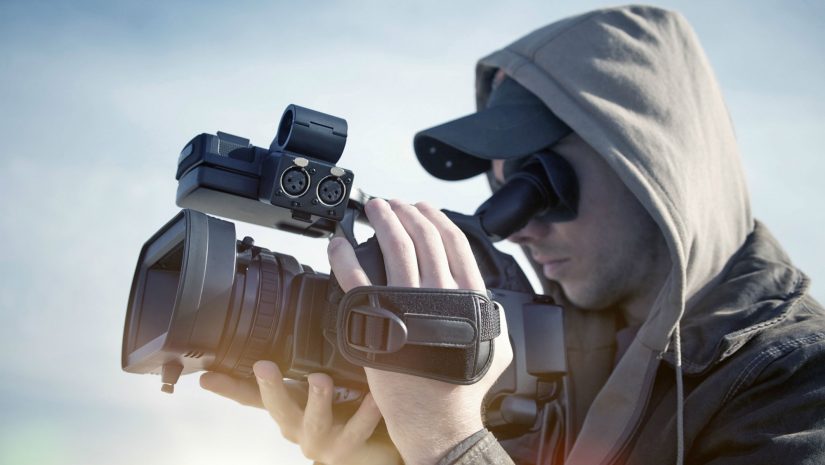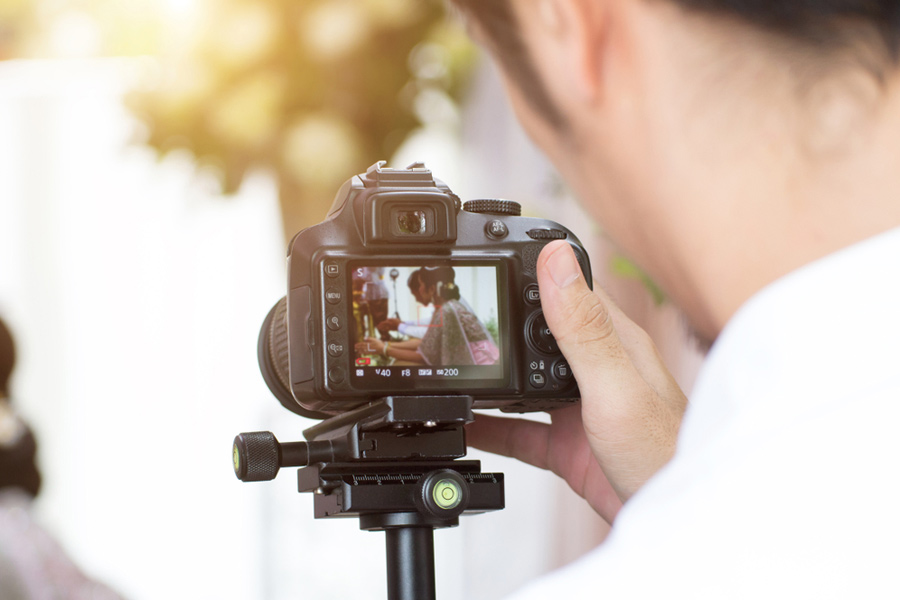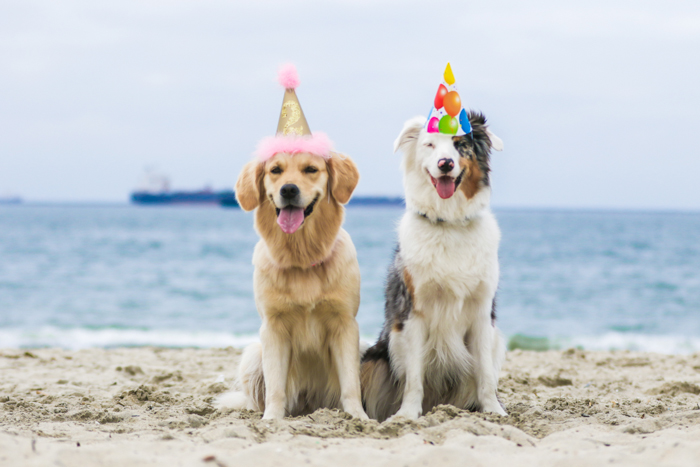Videography Tips for More Professional-Looking Videos
Many of these tips and techniques are timeless, which means you can still refer to these as your guide when you decide to pursue a career in videography and become a cinematographer. Try them out and learn them by heart. Along the way, not only would these help you produce more professional-looking videos that will impress your audience but they will also help you realize your potential and own creative filmmaking style.
Gather Your Equipment
Fortunately for beginners, we live in a time where high-quality digital cameras are made to be affordable for personal and recreational use. You can practice videography with gadgets that you may already have, like your smartphone, as long as you keep these simple things in mind:
- Use the back camera for better quality footage
- Shoot in landscape mode (horizontally instead of vertically)
- Turn on the overlay grid on your screen, if you have it, so you have a guide for keeping your phone level
If you have the budget for it, we definitely recommend purchasing a gimbal stabilizer for your camera for steadier handheld shots, an external microphone for better audio, and a reliable video tripod.
Plan Your Shoot
If you’re going to shoot a music video, commercial, or short film, you’ll have much more freedom to plan it from start to finish. To really do it like the pros, create your own storyboard with illustrations of your scenes in sequence. This will help you pre-visualize your final footage and outline your desired shots. It will serve as your guide during shooting and editing, plus it can help you determine the perfect time of day for shooting, your desired venues, and the right cameras to be used (in case you have several options) prior to filming.
On the other hand, if you’re covering an event, you’re going to want to be as ready as you possibly you can. For instance, in wedding videography, the wedding videographer should have a good idea about when and how to take videos of the bride, groom, and the wedding party.
A few helpful wedding videography tips to remember:
- Make sure that you know the timeline for the entire wedding day like the back of your hand — from the ceremony to reception program.
- Have a shot list prepared. This list should include the first kiss, the cake cutting, and other key moments that the couple would want to be immortalized.
- Just as there are wedding photography styles, there are also certain shooting styles for wedding videography. Stick to a specific style. Be consistent and use the right one that fits the couple and their event for the perfect cinematic wedding video.

Map Your Setup Locations and Times
Depending on the venue, you may have to do a bit of walking to get from one position to another in time to capture key events. If you know you’re going to be on the move, make sure you allow time to get from one spot to the next and with the right crew and equipment. Make sure you’re in the right place at the right time – all the time.
Prepare for the Worst – Bring Extra Everything
You never know when a problem will arise. At some events your entire job might have you sitting in a chair while your camera records right next to you and nothing will go wrong. Other times you might have cables go bad, camera failures, missing media, broken adaptors, accidents with gear, spills, and other various problems. Adapting becomes key, and to do that, you may need extra equipment.
Know Your Gear
If you’re shooting tapeless, do you get a blip in your recording when your camera software automatically breaks up your video file at 4GB to conform to your FAT32 memory card? Do you know how to change audio channels and fend off interference with your wireless microphones in an environment full of wireless signals? Do you know how to change the settings on your camera for different microphones, or how to set the camera to output to a screen via HDMI or SDI properly?
Factors that often only show themselves in event environments are definitely worth preparing for. Create test scenarios at your home or office – try leaving your camera recording all day then review the footage for issues. Test your audio in different locations, (busy apartment buildings or malls might simulate Wi-Fi saturated environments), and play with the video output settings and see what works best with your hardware.

Shots spanning a crowd or showing your venue/environment
You’re looking for images that capture the feeling of your event, while also creating a fear of missing out. A shot that shows the scale of your event, including the venue and environment, is enticing and helps people imagine what it’d be like to attend.
Short video clips and soundbites from attendees
92% of consumers trust peer recommendations over advertising, which is one of the reasons why testimonials are so powerful. People are usually more than happy to say a few words about why they love something, so make sure to interview attendees about your event.
Aerial shots using drones
Drones have made it super easy to get footage from unusual vantage points and perspectives of events. Doing so reinforces the scale of your conference or festival, and emphasizes the points of interest about your location (like a big city, or over-seas destination). If you don’t have access to a drone, not to worry. You can search for stock footage in the city where you’re holding your event.

Manually Set Your Camera’s White Balance
Now we know that different light sources have different temperatures, we need to account for these temperature ranges by manually setting the camera’s white balance – a process that basically tells the camera what “true white” looks like in an environment to avoid color casting. In the image above, the shot on the left has a blue color cast caused by the natural temperature of the daylight in the shot. The white balance of the shot on the right has been set correctly, capturing the true colors of the image.
Many cameras have an auto-white balance feature, but I strongly recommend learning how to set it manually. This avoids relying on your camera to achieve a correctly color balanced shot. You can learn how to do this by referring to the instruction manual of your camera. Even if the color casting in the example above is the effect you’re trying to achieve, film the shot using the correct white balance and adjust the color in post-production – don’t rely on lazy camerawork to achieve a particular effect.
How to Manage Your Client’s Expectations and Needs
This is a fundamental skill for all professional photographers. Having an open dialogue between yourself and your client is key to getting the best shots.
You need to ask your clients important questions such as these:
- What event is this?
- What kind of images do you want from this event? Are you looking for headshots?
- What are the most important moments?
- What style of photography do you like?
- What do you not like?
No one wants a disappointing event photography shoot because there was miscommunication. By speaking to your client, you can make sure that your client is well aware of the limits of the photo session. Make sure that they understand what to expect from your services. If your client has hired an event organizer, speak to them about expectations.